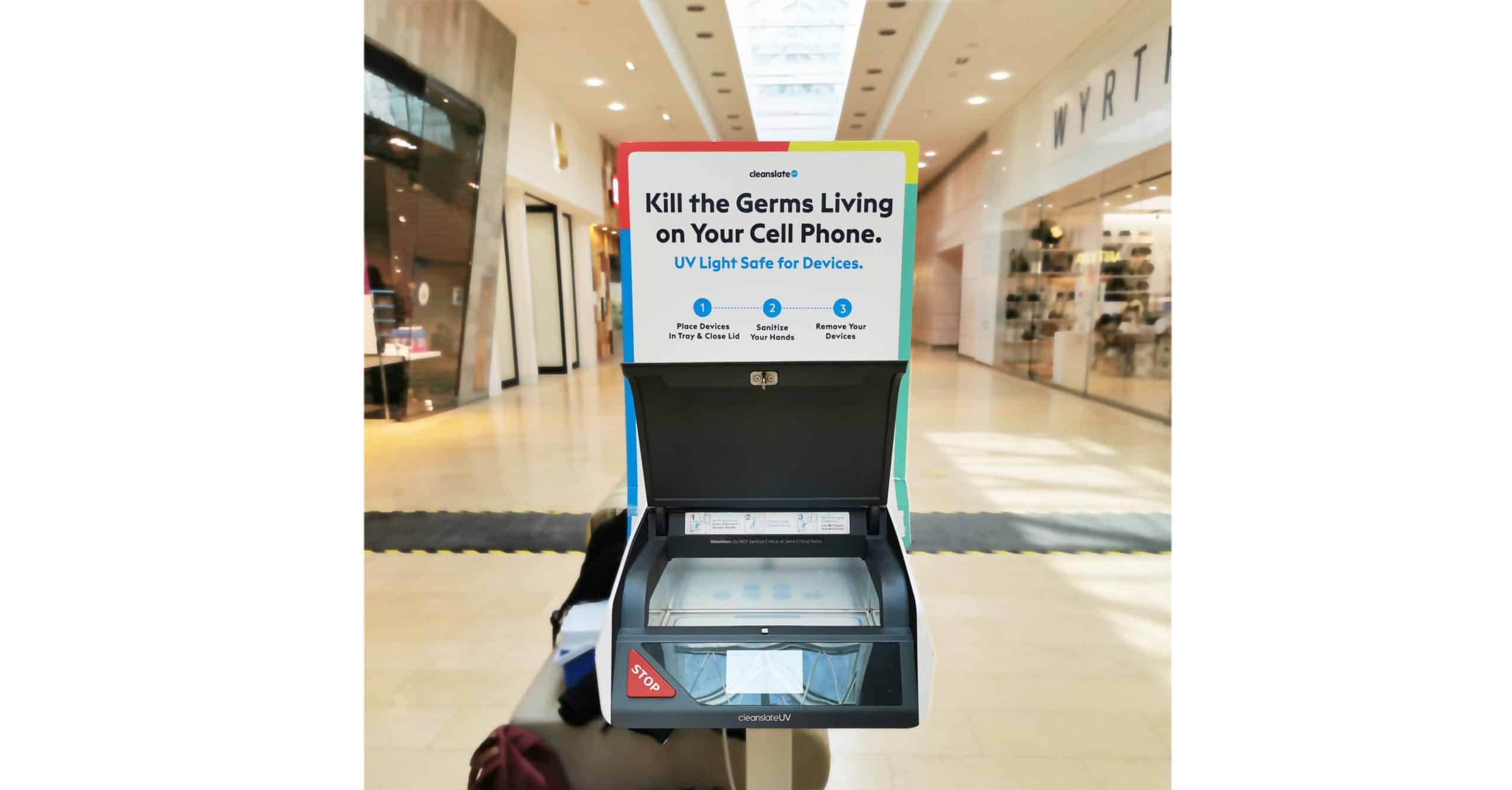Why do we say device hygiene and hand hygiene go hand-in-hand? As we’ve previously tested, bacteria from your phone can easily transfer to your hands and vice versa. When we think of sanitization, we only think about one or the other. Often times, we forget about the possibility of cross-contamination and recontamination that would undermine these efforts.
At CleanSlate UV, our team put to the test just how important hand and device sanitization is at reducing cross-contamination!
Background
Currently, many consumers use gloves to protect themselves from bacteria, but this method is not full proof. In fact, gloves are a caveat for germ transmission via microtears. According to our conversations with Infection Prevention Specialist, Cameron Thomas, they significantly increase the risk of poor hand hygiene practices by providing a false sense of security. So, other surfaces get sanitized while the hands remain dirty.
Dirty hands can be the source of spreading bacteria across the items we often clean, like mobile phones. These now dirty phones can then harbour bacteria and be the source of recontamination. Can the integration of device hygiene and hand hygiene stop this re-contamination cycle?
The Study
When the COVID-19 pandemic started, many people realized just how important infection prevention measures are to keeping public spaces clean and safe. It is found that 60% of customers and employees say that constantly seeing a business’s cleaning effort is the most important part of the experience.
At Oxford Properties, Square One Shopping Mall, the CleanSlate UV team conducted a bacterial swab study test to highlight the importance of both device and hand sanitization (we call it synchronized hand hygiene!).
The team swabbed shoppers’ phones and hands. We asked each participant to sanitize their hands thoroughly during the CleanSlate cycle. The following samples were collected:
- The original dirty phone
- The phone after a 20-second sanitization cycle with CleanSlate
- The user’s sanitized hands after interacting with their clean phone for about 1 minute
Each one was also asked a series of questions about their thoughts on sanitization and going to retail centers during the pandemic.
The Results
Below are the results of the study:
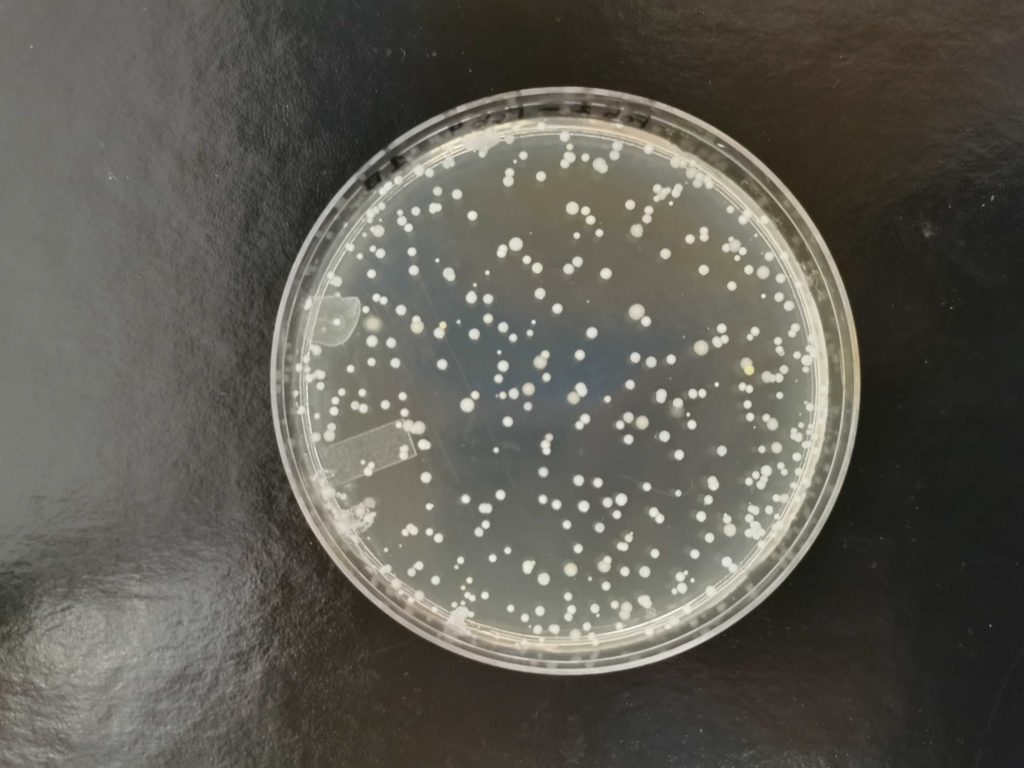
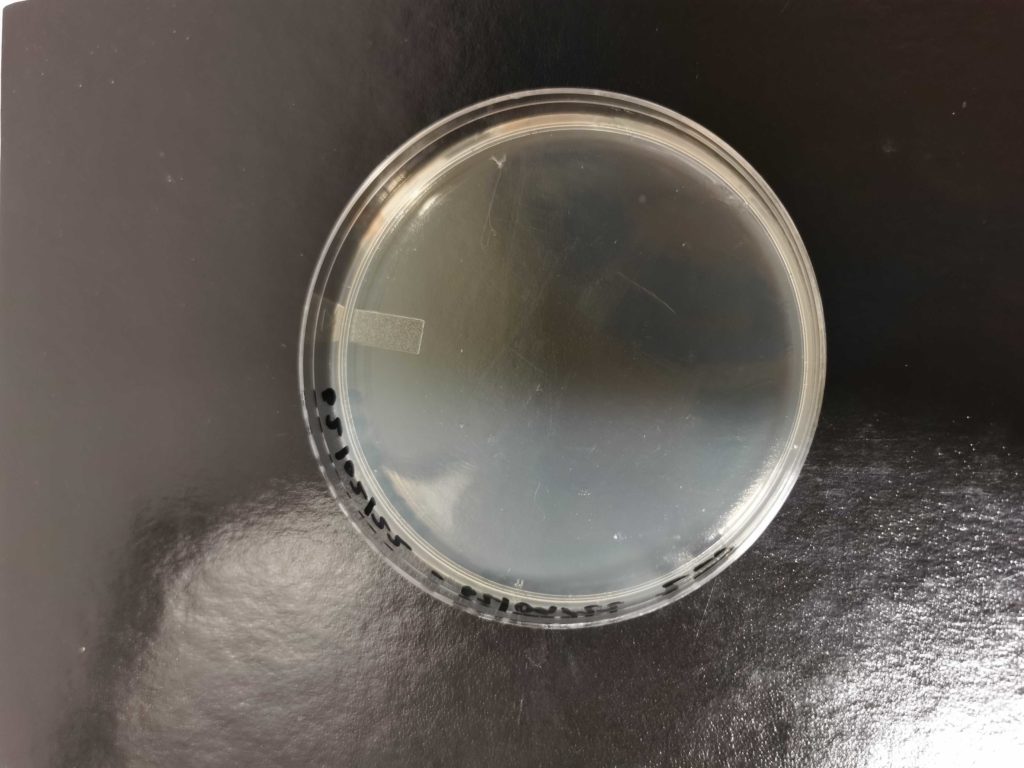
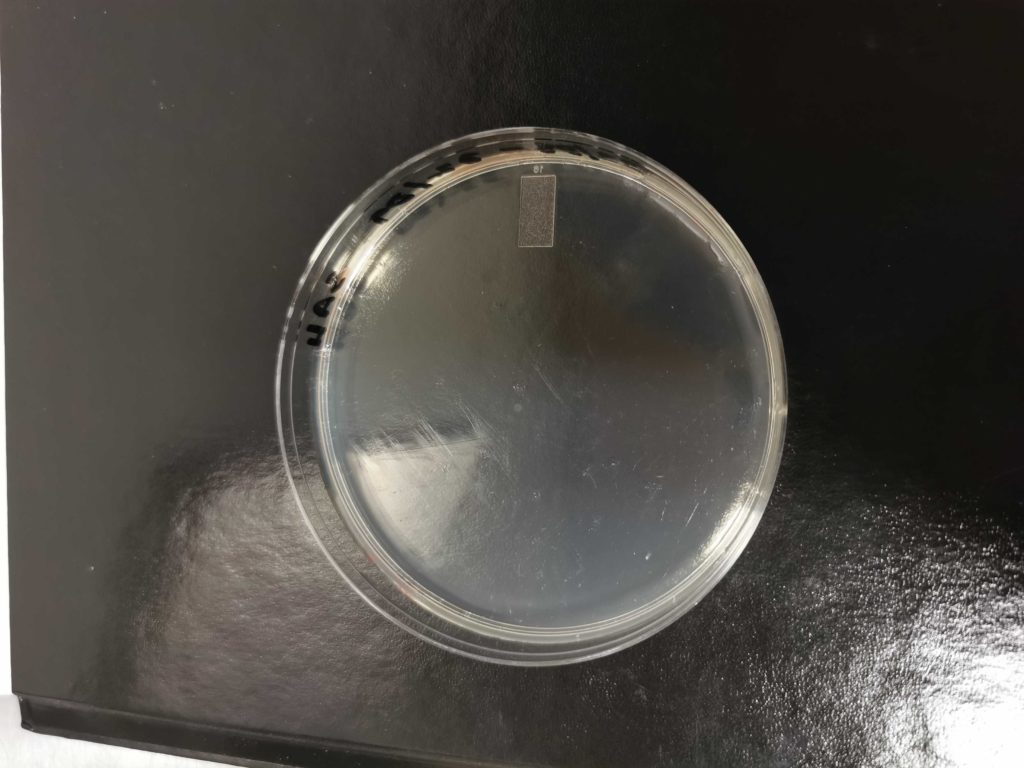
Figure 1: Bacterial growth after swabbing a participant’s phones and hands. Bacterial growth: from the original dirty phone (left), phone after a CleanSlate cycle (middle), and clean hands after 1 minute of interaction with their newly sanitized phone (right).
There was a total of 8 participants in the study and 100% of phones had bacterial growth of at least one kind of bacterium. Samples from all participants showed a significant reduction in growth after both hands and devices were sanitized – demonstrating just how important device and hand hygiene is to breaking the chain of infection!
Main Takeaways
When we shoppers were asked about their perspectives on sanitization and retail stores, here is what some had to say.
It’s a good thing to have this [CleanSlate UV Sanitizer] in the mall to sanitize your phone. It can get done in a quick 20-seconds
– Square One Shopper
Based on our survey, 100% of participants said that they sanitize their hands often, while 67% stated that they have never or have only sanitized their phones once or twice since owning it. This shows a gap between the importance of hand hygiene and device sanitization – with the latter being the one that is most forgotten.
The shoppers were very pleased with having a CleanSlate in the mall, with all of them saying that they will use it again the next time they see it. It’s interesting to note that 50% of shoppers were concerned about their health & safety when visiting the shopping center, increasing the need for better sanitization and hygiene protocols in retail facilities.
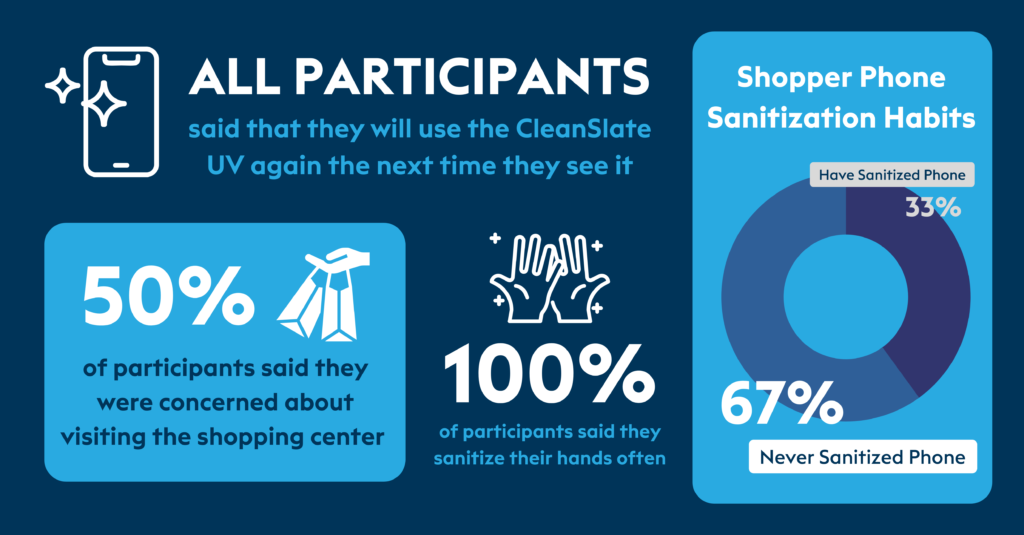
Figure 2: Survey Answers from Square One Shoppers’
The combination of hand and device sanitization is critical to proper hygiene – after all, our cell phones are the third hand we never wash.
CleanSlate UV is a simple, fast and proven solution for device sanitization, while also being able to increase hand hygiene events by up to 110%. With its long-lasting efficacy against infections, it’s no wonder that 100% of participants would use it again!

